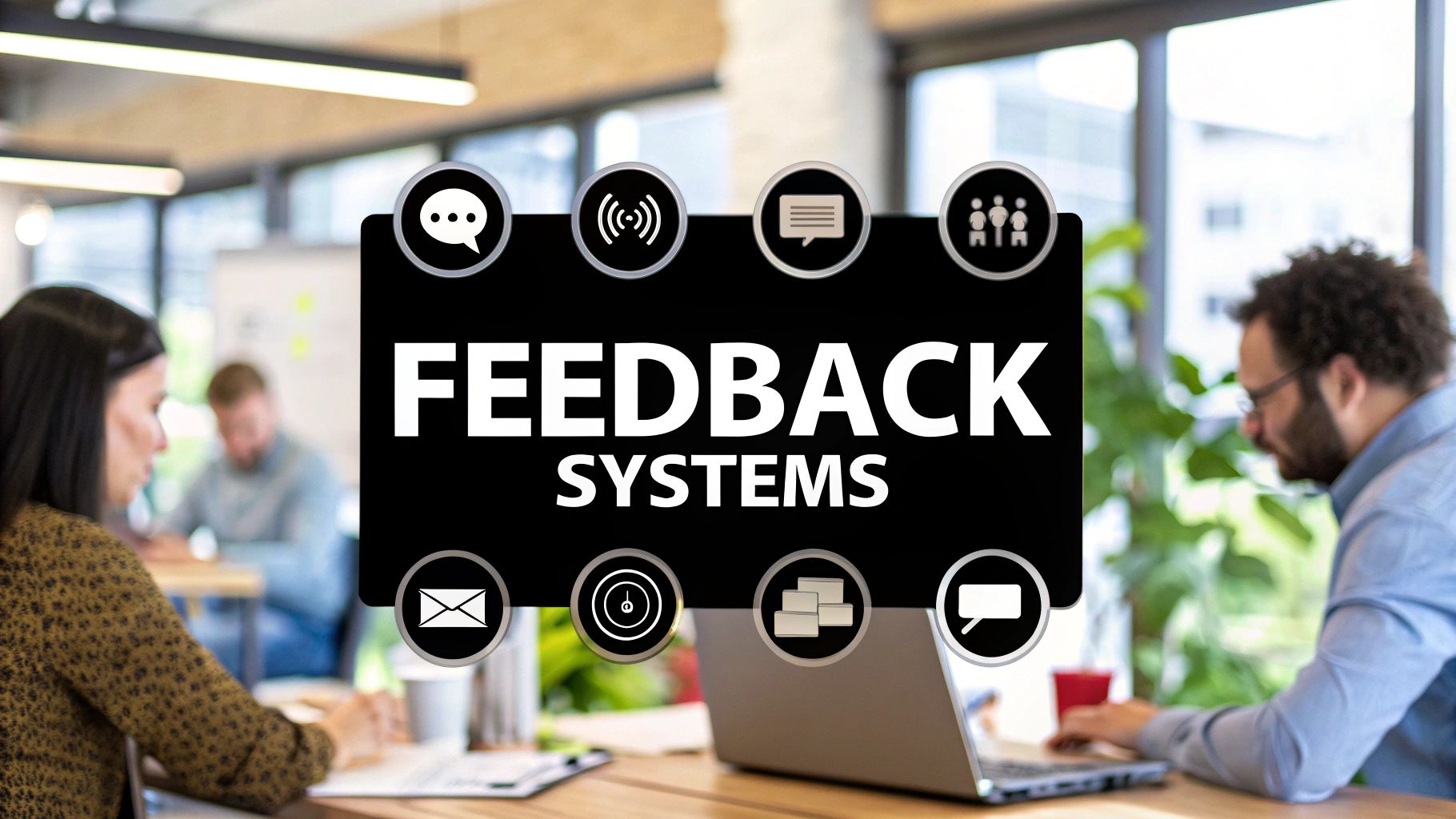Poor Work-Life Balance: A Silent Epidemic
In today’s fast-paced and demanding work environment, maintaining a healthy work-life balance has become a crucial concern for many individuals. The constant pressure to meet deadlines, long hours, and demanding projects often leave employees with little or no time for personal or family commitments.
The poor work-life balance has become a pervasive issue in modern society, leading to detrimental effects on individuals’ well-being and productivity. In this 1000-word article, we will explore the consequences of poor work-life balance, its contributing factors, and potential solutions to improve this crucial aspect of our lives.
The Consequences of Poor Work-Life Balance
The consequences of poor work-life balance can range from mild to severe, impacting both personal and professional lives. When individuals fail to establish a healthy equilibrium between work and personal responsibilities, they often experience:
1. Increased Stress and Anxiety: The constant pressure to meet work-related demands can lead to chronic stress, anxiety, and burnout. Also, continuously being “on-call” and not being able to disconnect from work can have detrimental effects on mental health and overall well-being.
2. Reduced Productivity: A lack of work-life balance can significantly impact productivity. When individuals are consumed with work-related tasks, they may become drained, lacking the energy and enthusiasm to perform at their best. This can lead to a decline in job performance, missed deadlines, and a decrease in overall quality of work.
3. Health Problems: Chronic stress and poor work-life balance associated with poor work-life balance can lead to various health problems, including sleep disorders, digestive issues, and an increased risk of developing cardiovascular diseases. These health issues not only affect individuals’ physical well-being but also hinder their ability to concentrate and perform at their best.
4. Lack of Personal Growth: When individuals prioritize work over personal commitments, they miss out on important opportunities for personal growth. Relationships, hobbies, and self-care activities are essential for mental well-being and personal development. Neglecting these areas, individuals may find themselves feeling unfulfilled and stagnant in both their personal and professional lives.
Contributing Factors
The causes of poor work-life balance are varied and multifaceted. While there is no one definitive answer, the following factors contribute significantly:
1. Workplace Culture: Workplace cultures that prioritize long hours, unrealistic expectations, and a lack of flexibility can be a major contributor to poor work-life balance. When employees feel pressured to be available round-the-clock, it becomes challenging to establish a healthy equilibrium between work and personal commitments.
2. Technology and Remote Work: The advent of technology and the widespread adoption of remote work have blurred the lines between work and personal time. With constant access to work emails and social media platforms, individuals find it challenging to disconnect and recharge, leading to a never-ending cycle of work.
3. Job Demands: The demands of certain jobs, particularly those in high-stress industries, can make it difficult for individuals to achieve a healthy work-life balance. Long hours, tight deadlines, and the constant need to respond to emails or phone calls can consume all hours of the day, leaving little room for personal pursuits.
4. Lack of Support Systems: Without strong support systems, such as flexible working hours, adequate vacation time, and a clear delineation between work and personal life, individuals may struggle to establish and maintain a proper work-life balance. Employers play a vital role in fostering a supportive work environment that promotes well-being and employee satisfaction.
Solutions to Improve Work-Life Balance
While poor work-life balance may seem overwhelming, some solutions and strategies can help individuals establish healthier boundaries between work and personal commitments. Here are some key steps that can be taken:
1. Setting Boundaries: Establishing clear boundaries is crucial in managing work-life balance. By setting specific work hours and adhering to them, individuals can create a dedicated time for work and personal activities. This allows them to disconnect and focus on important relationships, hobbies, and relaxation.
2. Technological Detox: Regularly taking a break from technology, particularly during personal time, can help individuals regain some control over their lives. Limiting screen time and establishing “offline” periods can foster a sense of balance and reduce stress.
3. Effective Time Management: Developing effective time management strategies can help individuals prioritize tasks, allocate time for personal commitments, and reduce stress levels. Prioritizing tasks based on importance and urgency can help individuals make the most of their time and avoid feeling overwhelmed.
4. Seeking Support: Recognizing that work-life balance is a collective responsibility, individuals should communicate with their employers about their needs and concerns. Open and transparent communication can help establish policies that support work-life balance, such as flexible working hours, remote work options, and employee assistance programs.
5. Seeking Personal Growth: Personal growth should not be neglected in the pursuit of a work-life balance. Engaging in hobbies, pursuing passions, and engaging in activities that nourish the mind, body, and spirit can help individuals recharge and find a sense of purpose outside of work.
Conclusion
Poor work-life balance has become a pervasive issue in modern society, impacting individuals’ well-being and productivity. The consequences of inadequate work-life balance are far-reaching, ranging from increased stress, reduced productivity, and health problems to a lack of personal growth. By understanding the contributing factors and implementing strategies such as setting boundaries, practicing self-reflection, and seeking support, individuals can work towards establishing and maintaining a healthier work-life balance. Employers need to prioritize employee well-being and create a supportive work environment that fosters work-life balance. Only then can we create a more harmonious and productive society.
Share this content:









































Post Comment